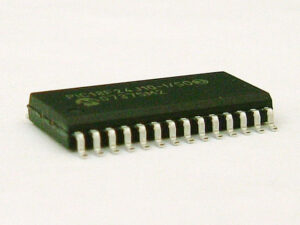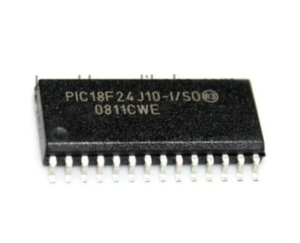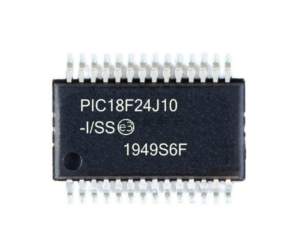The EUSART transmits and receives data using the standard non-return-to-zero (NRZ) format obtained from Copy PIC18F24J10 Microcontroller Program. NRZ is implemented with two levels: a VOH mark state which represents a ‘1’ data bit, and a VOL space state which represents a ‘0’ data bit by Read IC To Bypass Protection.

NRZ refers to the fact that consecutively transmitted data bits of the same value stay at the output level of that bit without returning to a neutral level between each bit transmission.
An NRZ transmission port idles in the mark state. Each character transmission consists of one Start bit followed by eight or nine data bits and is always terminated by one or more Stop bits by Invasive MCU Extraction.

The Start bit is always a space and the Stop bits are always marks. The most common data format is 8 bits. Each transmitted bit persists for a period of 1/(Baud Rate). An on-chip dedicated 8-bit/16-bit Baud Rate Generator is used to derive standard baud rate frequencies from the system oscillator. See below Table for examples of baud rate configurations.

The EUSART transmits and receives the LSb first. The EUSART’s transmitter and receiver are functionally independent, but share the same data format and baud rate. Parity is not supported by the hardware, but can be implemented in software and stored as the ninth data bit.

